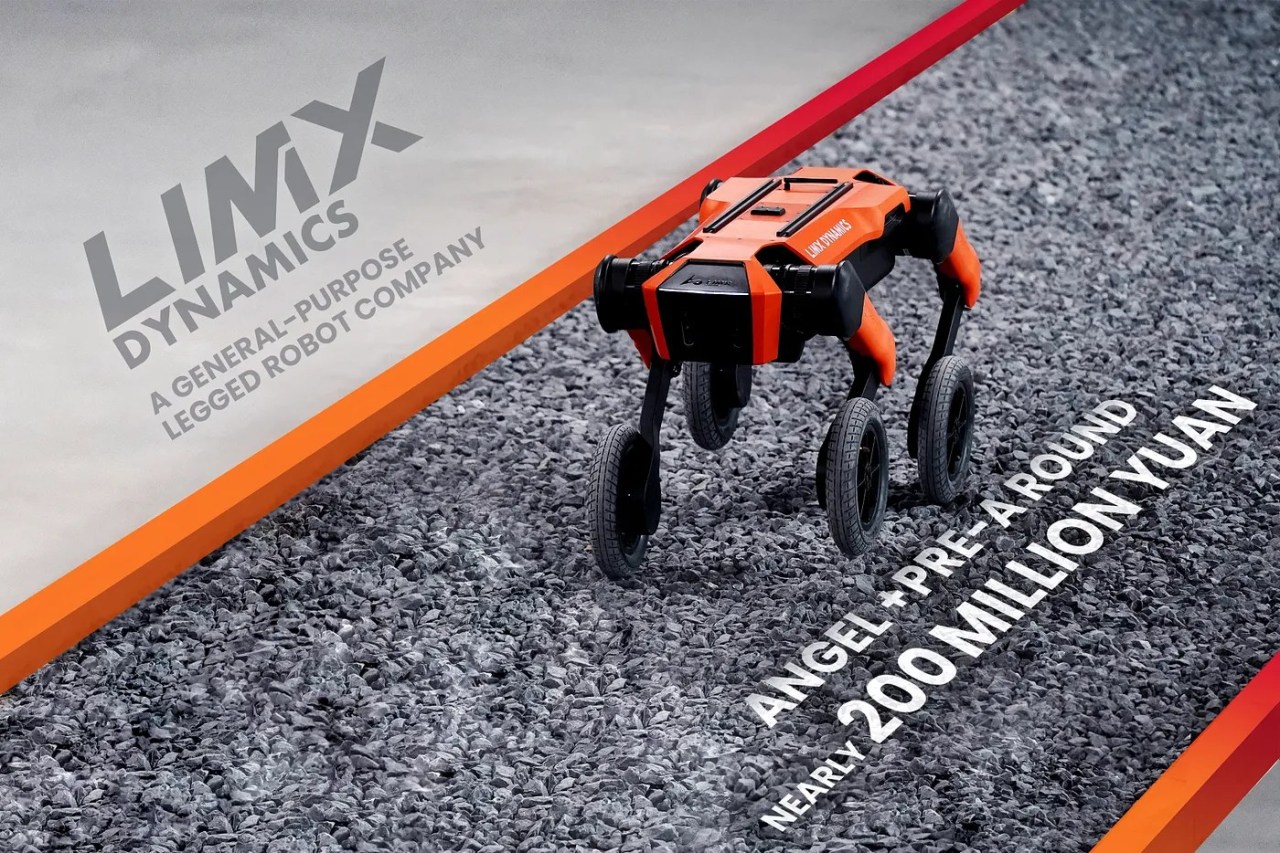The technological landscape of China is constantly evolving, and few individuals have had their fingers on the pulse like Zhang Li. His illustrious career began with Cisco, but it was his pivotal role at WeRide that catapulted him into the spotlight as a key player in the autonomous vehicle (AV) sector. Recently, he made headlines again by leaving WeRide to embrace an exciting challenge in a different realm: legged robotics with LimX Dynamics. This transition not only marks a significant career move but also signifies a broader shift in the tech industry’s focus. In this blog post, we’ll delve into Zhang’s motivations, the innovative potential of legged robotics, and how these developments might reshape our technological future.
A Surprise Departure: Why Zhang Li Left WeRide
When Zhang announced his departure from WeRide, it sent ripples through the industry. After all, he was leaving a company that had experienced tremendous growth, achieving a staggering valuation of $4.4 billion in just a few years. So why the sudden shift?
- Aspirations for Innovation: Zhang has always had a visionary mindset, and he was ready to pursue “the next big thing.” For him, this meant joining a startup that not only boasts proprietary technology but also has the potential for substantial investment.
- The Allure of Robotics: Zhang is not just transitioning to another position; he is stepping into a field poised for significant growth. With the Chinese government prioritizing humanoid robots, the timing could not be more auspicious.
Understanding LimX Dynamics and its Ambitions
LimX Dynamics is not your average robotics startup. Founded by a cadre of innovative robotics scientists, this Shenzhen-based company has already attracted considerable funding—200 million yuan (approximately $27.5 million) in angel and pre-A investments, a testament to its promise. Zhang is stepping in as the co-founder and COO, bringing his extensive experience in scaling tech operations to the table.
“My strength lies in working with entrepreneurial scientists and companies where technology and business develop hand in hand,” Zhang remarked. This synergy is crucial, especially as LimX Dynamics aims to leverage cutting-edge technology to redefine what legged robots can achieve.
The Similarities between Autonomous Vehicles and Legged Robots
As we witness the unveiling of advanced robotic technologies like Tesla’s humanoid robot Optimus, the conversation around the connections between robotics and autonomous driving is gaining traction. Both domains leverage similar technologies, such as SLAM (Simultaneous Localization and Mapping), to navigate their environments. Yet, the nuances of the two fields are undeniable.
- Distinct Challenges: While we may think of autonomous vehicles and legged robots as operating on the same principles, the former often navigates well-defined roads while the latter must contend with unpredictable pedestrian pathways.
- Future Possibilities: Zhang envisions a future where robots, much like cars today, become commonplace in households, helping with domestic tasks and adding value to everyday life.
Exploring New Applications for Legged Robotics
Currently, LimX Dynamics is piloting a prototype for industrial inspection, with plans to expand into diverse verticals like automobile manufacturing and logistics. Zhang acknowledges the immediate application but presses for more visionary thinking: “If you think of robots as a device with an operating system, then there’s a lot of room for imagination.” This approach encourages out-of-the-box thinking, pushing boundaries that have yet to be explored in robotic capabilities.
What Lies Ahead for the Robotics Industry?
The trajectory of the AV sector, marked by significant investments with unclear revenue pathways, serves as a cautionary tale for the robotics industry. Will legged robots face similar obstacles, or has Zhang’s leap into LimX Dynamics set a precedent for success in this domain?
One thing is clear: the potential for innovation in robotics is vast. Zhang’s experience in the AV space could be key to navigating the complexities of this new frontier. “Let’s hope that the robotics industry won’t sprint ahead without being able to land like self-driving,” he stated. His words highlight the importance of well-founded progress over a rush to market.
Conclusion: Embracing Change and Pioneering the Future
As Zhang Li embarks on this new journey with LimX Dynamics, his story is emblematic of a broader trend in technology where versatility and adaptability are paramount. By bridging the gap between autonomous vehicles and legged robotics, he is not just advancing his career; he is actively contributing to the evolution of technology in a world thirsty for new solutions. At fxis.ai, we believe that such advancements are crucial for the future of AI, as they enable more comprehensive and effective solutions. Our team is continually exploring new methodologies to push the envelope in artificial intelligence, ensuring that our clients benefit from the latest technological innovations.
For more insights, updates, or to collaborate on AI development projects, stay connected with fxis.ai.

